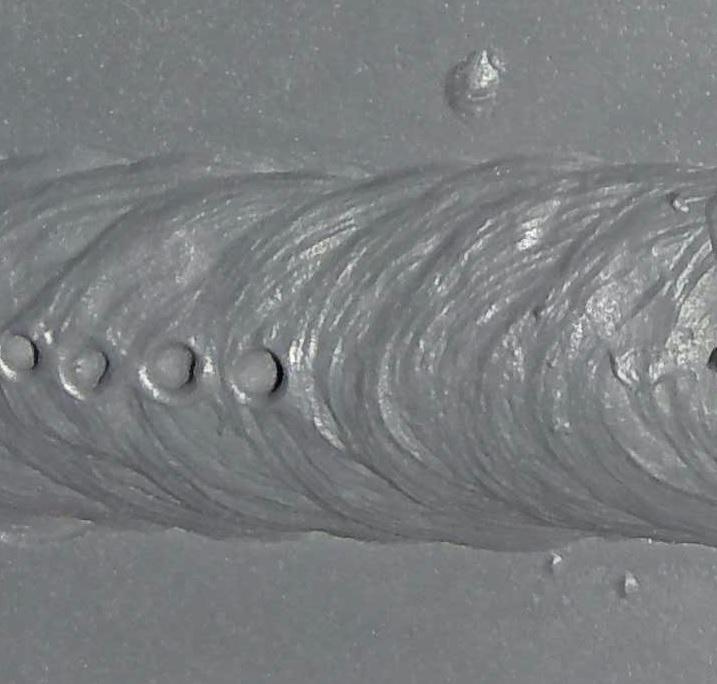Discover What is Porosity in Welding and Its Effect on Structural Integrity
Discover What is Porosity in Welding and Its Effect on Structural Integrity
Blog Article
Understanding Porosity in Welding: Exploring Reasons, Results, and Prevention Methods
Porosity in welding is a relentless challenge that can considerably impact the top quality and stability of welds. As experts in the welding sector are well conscious, recognizing the causes, impacts, and avoidance strategies related to porosity is crucial for achieving robust and dependable welds. By delving into the origin of porosity, examining its destructive impacts on weld quality, and discovering efficient avoidance strategies, welders can enhance their expertise and skills to produce high-grade welds continually. The elaborate interaction of variables adding to porosity needs an extensive understanding and a positive method to make certain effective welding results.
Usual Sources Of Porosity
Porosity in welding is mainly brought on by a combination of aspects such as contamination, inappropriate securing, and inadequate gas coverage throughout the welding procedure. Contamination, in the type of dirt, oil, or corrosion on the welding surface area, develops gas pockets when heated, leading to porosity in the weld. Incorrect securing happens when the securing gas, generally utilized in processes like MIG and TIG welding, is not able to totally protect the liquified weld swimming pool from responding with the bordering air, resulting in gas entrapment and subsequent porosity. Furthermore, poor gas protection, frequently because of incorrect circulation prices or nozzle positioning, can leave components of the weld unprotected, permitting porosity to create. These aspects jointly add to the formation of gaps within the weld, damaging its integrity and possibly causing structural problems. Comprehending and addressing these common reasons are essential actions in avoiding porosity and making sure the quality and toughness of bonded joints.
Effects on Weld Quality
The presence of porosity in a weld can significantly endanger the general quality and stability of the welded joint. Porosity within a weld produces spaces or cavities that compromise the framework, making it much more prone to fracturing, rust, and mechanical failure. These spaces act as stress concentrators, minimizing the load-bearing capability of the weld and boosting the chance of premature failing under applied stress and anxiety. On top of that, porosity can also work as prospective sites for hydrogen entrapment, further worsening the destruction of the weld's mechanical properties.
Furthermore, porosity can hinder the performance of non-destructive screening (NDT) techniques, making it challenging to discover other problems or suspensions within the weld. This can result in considerable safety and security worries, particularly in critical applications where the architectural integrity of the bonded elements is critical.

Avoidance Techniques Review
Provided the destructive influence of porosity on weld quality, reliable prevention techniques are critical to maintaining the architectural integrity of bonded joints. Furthermore, selecting the proper welding specifications, such as voltage, current, and travel rate, can assist decrease the threat of porosity formation. By helpful hints integrating these prevention methods right into welding practices, the incident of porosity can be dramatically minimized, leading to more powerful and a lot more trusted welded joints.
Importance of Appropriate Shielding
Correct shielding in welding plays an important duty in preventing climatic contamination and ensuring the honesty of welded joints. Securing gases, such as argon, helium, or a mixture of both, are frequently made use of to safeguard the recommended you read weld pool from responding with aspects in the air like oxygen and nitrogen. When these responsive elements come right into call with the hot weld pool, they can cause porosity, leading to weak welds with lowered mechanical residential properties.

Poor protecting can result in numerous defects like porosity, spatter, and oxidation, jeopardizing the architectural stability of the welded joint. Sticking to correct securing methods is important to generate top quality welds with very little issues and ensure the durability and dependability of the welded elements.
Tracking and Control Approaches
Exactly how can welders effectively keep an eye on and regulate the welding procedure to make sure ideal outcomes and stop additional info flaws like porosity? By constantly keeping an eye on these variables, welders can identify deviations from the ideal problems and make prompt modifications to avoid porosity development.

In addition, implementing appropriate training programs for welders is vital for keeping track of and regulating the welding process properly. What is Porosity. Informing welders on the importance of keeping regular criteria, such as correct gas securing and take a trip speed, can assist avoid porosity concerns. Regular assessments and accreditations can likewise guarantee that welders are skilled in tracking and regulating welding procedures
Moreover, using automated welding systems can enhance monitoring and control abilities. These systems can specifically regulate welding specifications, reducing the likelihood of human mistake and making certain consistent weld top quality. By combining innovative monitoring modern technologies, training programs, and automated systems, welders can efficiently keep track of and regulate the welding procedure to minimize porosity issues and attain high-grade welds.
Verdict

Report this page